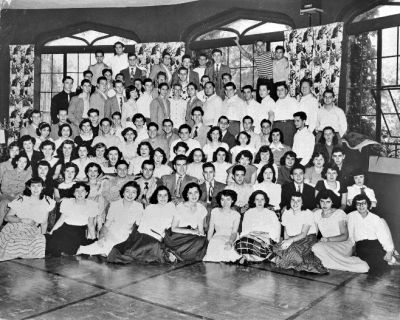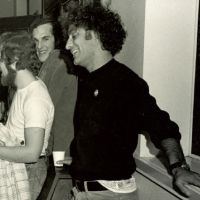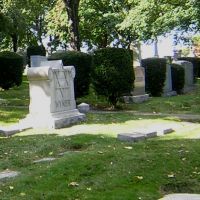Primary Source
CASE HISTORY OF AN ACADEMIC PRODIGY
. . . Last week a student in one for the early Brandeis classes – she is now a suburban Boston matron, mother of two and candidate for a Ph.D. in musicology – recalled the excitement of her undergraduate days. "We were starting a tradition," she said. "When we wrote a new song, we knew it would be remembered as 'early Brandeis.' Everything seemed important for the future."
The same restless excitement pervades the faculty. Lunch tables are argumentative seminars. Dore Schary, the producer, after absorbing the local atmosphere, said it was "a nervous university." When one of the original faculty members heard that the dean had interviewed a certain candidate for a teaching job, he said enthusiastically, "Hire him. There's a man one can fight with." Nobody except the visitor is surprised to find seven one-man art exhibits flourishing in the same month.
New York Times Sunday Magazine, June 4, 1961.







